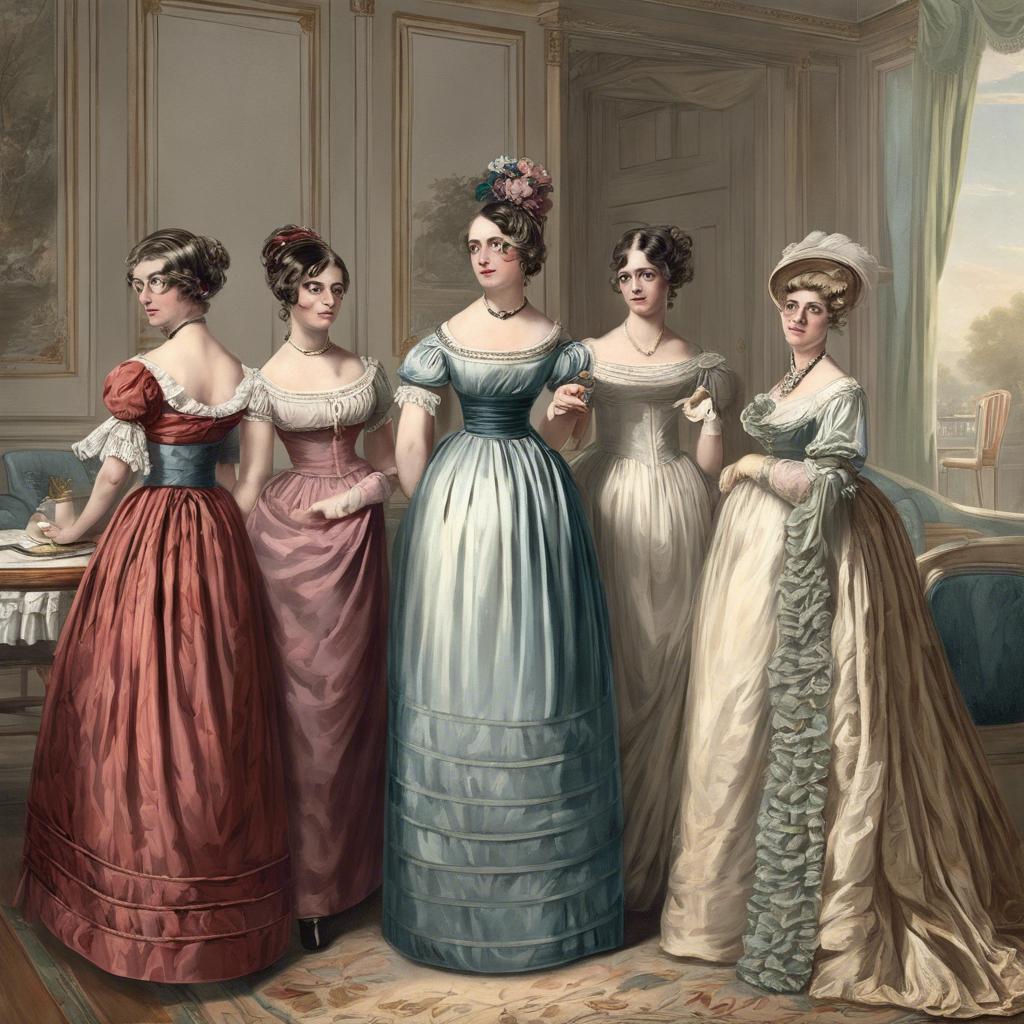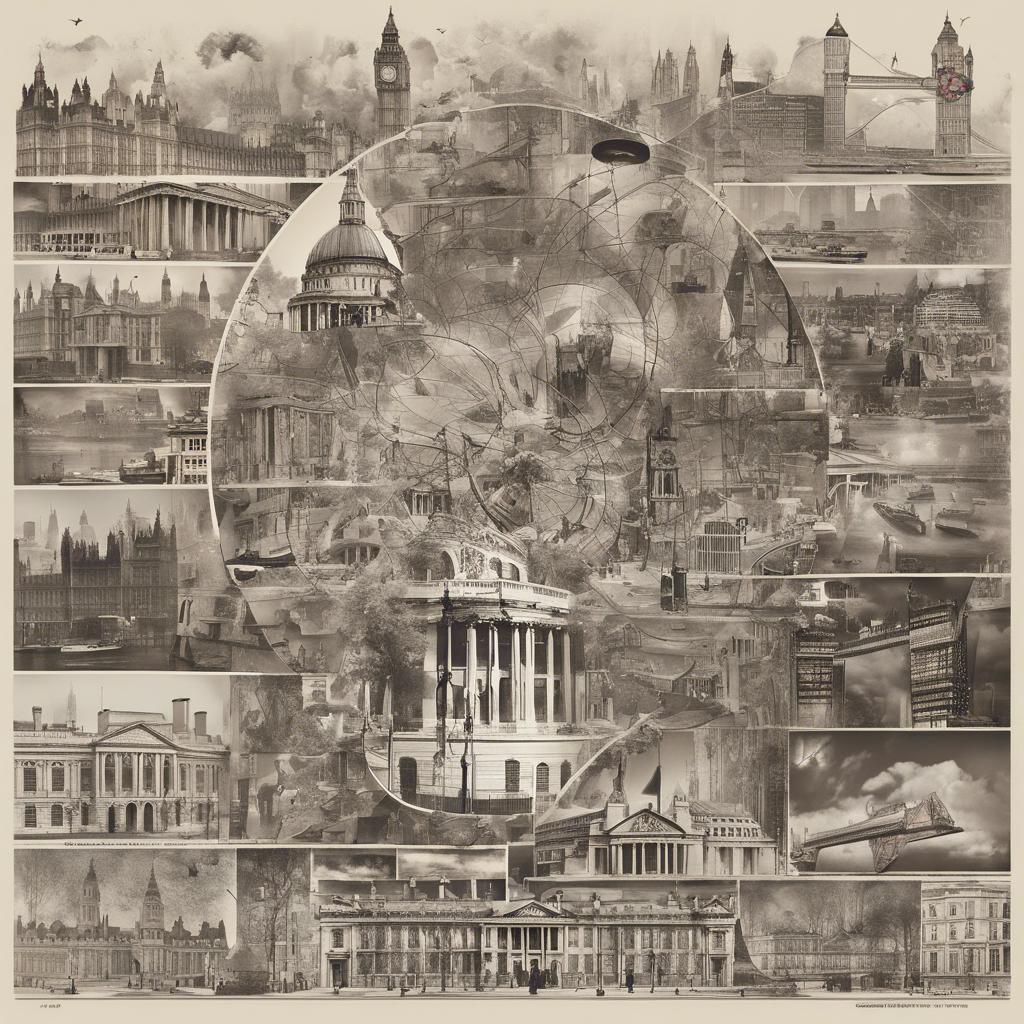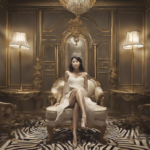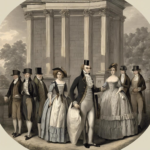In the early 19th century, London underwent a transformation that would come to define an entire era of British history – the Regency period. Marked by elegance, extravagance, and scandal, Regency Era London was a time of societal upheaval and cultural revolution. From the glittering balls of high society to the squalid conditions of the lower classes, this era shaped the city in ways that are still visible today. Join us as we delve into the fascinating world of Regency Era London, exploring its customs, its characters, and its enduring legacy.
Step Into the World of Cheryl Bolen
Dive into the enchanting stories of love, intrigue, and elegance set in the Regency Era. Cheryl Bolen's novels offer timeless romance and captivating tales that will leave you wanting more.
Explore Cheryl Bolen's Books Now
Life in Regency London: A Glimpse into High Society and Fashion
In Regency London, high society was a glittering world of elegance and refinement. The elite class attended lavish balls, dinners, and social gatherings, where fashion was a key element in making a statement. Women often wore elaborate gowns made of luxurious fabrics such as silk, satin, and velvet, adorned with intricate lace, ribbons, and embroidery. Fashionable accessories like gloves, fans, and parasols completed their ensembles, showcasing their status and wealth.
Men in Regency London also paid close attention to their attire, sporting tailored coats, waistcoats, and breeches in fine materials like wool and silk. Cravats were a popular accessory, tied in elaborate styles to complement their outfits. Tailored suits and polished shoes were common sights in the streets of London, reflecting the importance of fashion and appearance in high society during the Regency era.
Beyond the attire, high society in Regency London also had its own set of social customs and norms. Etiquette was paramount, with strict rules governing everything from greetings to table manners. The elite class prided themselves on their refinement and sophistication, striving to uphold a certain standard of behavior in all social interactions. This attention to decorum and style defined the elite circles of Regency London, creating a world of glamour and exclusivity for those who belonged.
The Influence of Literature and Art on Regency Era London
During the Regency Era in London, literature and art played a significant role in shaping the cultural landscape of the city. The works of prominent writers such as Jane Austen and Lord Byron captured the essence of society and provided insight into the social norms and values of the time. These literary works were not only entertaining but also served as a reflection of the society in which they were created.
Art during this period also flourished, with artists like J.M.W. Turner and John Constable capturing the beauty of the English countryside and urban landscapes. Their paintings reflected the changing times and offered a glimpse into the lives of the people living in Regency Era London. The art of this period was not only aesthetically pleasing but also provided a commentary on the political and social issues of the time.
The influence of literature and art during the Regency Era extended beyond just entertainment. It helped shape public opinion, challenged societal norms, and sparked debates on important issues. The works of writers and artists from this period continue to inspire and influence modern creatives, highlighting the enduring impact of Regency Era London on the world of literature and art.
Explore Regency Architecture: From Neoclassical to Romanticism
The Regency era in London saw a fascinating evolution in architecture, marked by a shift from Neoclassical designs to the more whimsical and romantic styles of Romanticism. During this time, architects drew inspiration from ancient Greek and Roman architecture, incorporating elements such as columns, pediments, and symmetry into their designs.
One prominent feature of Regency architecture is the use of stuccoed facades, which gave buildings a sense of grandeur and elegance. This technique was popularized by architect John Nash, whose iconic buildings such as the Royal Pavilion in Brighton showcase the opulence and sophistication of the era. The use of stucco also allowed for intricate detailing and ornamentation, adding to the overall beauty of the architecture.
Another key characteristic of Regency architecture is the emphasis on natural light and open spaces. Large windows, French doors, and skylights were common features in Regency buildings, allowing for ample sunlight to filter through and illuminate the interiors. This focus on light and airiness created a sense of lightness and warmth in the architecture, in stark contrast to the heavier and darker styles of previous eras.
Navigating Regency London: Must-See Attractions and Hidden Gems
****
Experience the opulence and grandeur of Regency London by exploring its must-see attractions and uncovering hidden gems tucked away in the bustling streets of the city. From elegant ballrooms to quaint tearooms, Regency-era London is a treasure trove waiting to be discovered.
**Must-See Attractions:**
- Visit the iconic Buckingham Palace, the official residence of the British monarch.
- Take a leisurely stroll through Hyde Park, a lush green oasis in the heart of the city.
- Step back in time at the British Museum, home to a vast collection of art and artifacts from around the world.
**Hidden Gems:**
- Indulge in a traditional afternoon tea at the charming Fortnum & Mason tearoom.
- Explore the enchanting Leadenhall Market, a covered market dating back to the 14th century.
- Discover the secrets of the beautiful Georgian architecture in the picturesque neighborhood of Bloomsbury.
In Retrospect
the Regency Era in London marked a period of profound cultural, social, and political transformation. The city was a vibrant hub of creativity and innovation, as well as a center of extravagance and excess. From the elegant architecture of John Nash to the scandalous affairs of the Prince Regent, London in the early 19th century was a place of contradictions and contrasts. As we look back on this fascinating period in history, we are reminded of the enduring legacy of the Regency Era and the impact it continues to have on our understanding of society, art, and politics. Let us continue to explore and appreciate the rich tapestry of London’s past, and draw inspiration from the lessons it offers for our present and future.


